Au padel, we are often told that the right tactic is to play on your diagonal. However, we are going to show you that “breaking your diagonal” can make sense and can even relieve you during a complicated match. Focus on the strategic reasons for playing alongside the padel.
1. Relieve the game
The main reason that a player will want to play in parallel is that he wants to relieve the game that focuses on him. Indeed, the latter will play in parallel so that the game changes diagonally so that the game focuses on your partner (or conversely who focuses on you).
2. Our parallel opponent is the weaker of the two
Here, the goal is to play on the opponent who does not have the same level as himself so that he makes more easily direct mistakes than his partner or he gives more often easy balls that allow you to finish the point quickly.
Centering the game on this player is clearly a strategic reason for facilitating victory in the match. It will then be necessary to identify which of the two opponents is the one who has the most difficulty in the game.
3. During a smash
In this game situation, the player will prefer to finish the point by smashing in parallel to return the ball in his camp that crossed. Indeed, the distance being less, the smash will be more difficult to counter if the player makes a smash in parallel.
4. To surprise
When in an exchange where there have been several moves exchanged in the same diagonal, changing and playing in parallel, the opponent may be surprised to receive the ball and thus allow the conclusion of the point more quickly. Indeed, the player being surprised will be more likely to make a direct foul or give an easy ball than the player who is concerned with the game.
5. Improve the quality of our typing
Here, there will be 2 situations so that the hit made is more difficult for the opponents to defend:
- For right-handed players: If you receive a ball halfway up to play a backhand volley, it would be best to play it in parallel. Tactically, the player on the left who receives this ball will have a hard time returning a good defensive ball so playing in parallel will be the best solution.
- For left players: Same situation as for right players but here, the mid-height ball will be on your forehand. Tactically, playing in parallel is the best solution because the player on the right opposite will be surprised, will therefore be late, and his defense will therefore be approximate.
By cons, it should be remembered that each match requires a careful study of the opponent and a different strategy each time.
The purpose of this article is not to encourage you to play all the time in parallel but to show you that the game can sometimes move in parallel.
Alexis Dutour - Padel Magazine
Alexis Dutour is passionate about padel. With his training in communication and marketing, he puts his skills at the service of padel to offer us articles that are always very interesting.




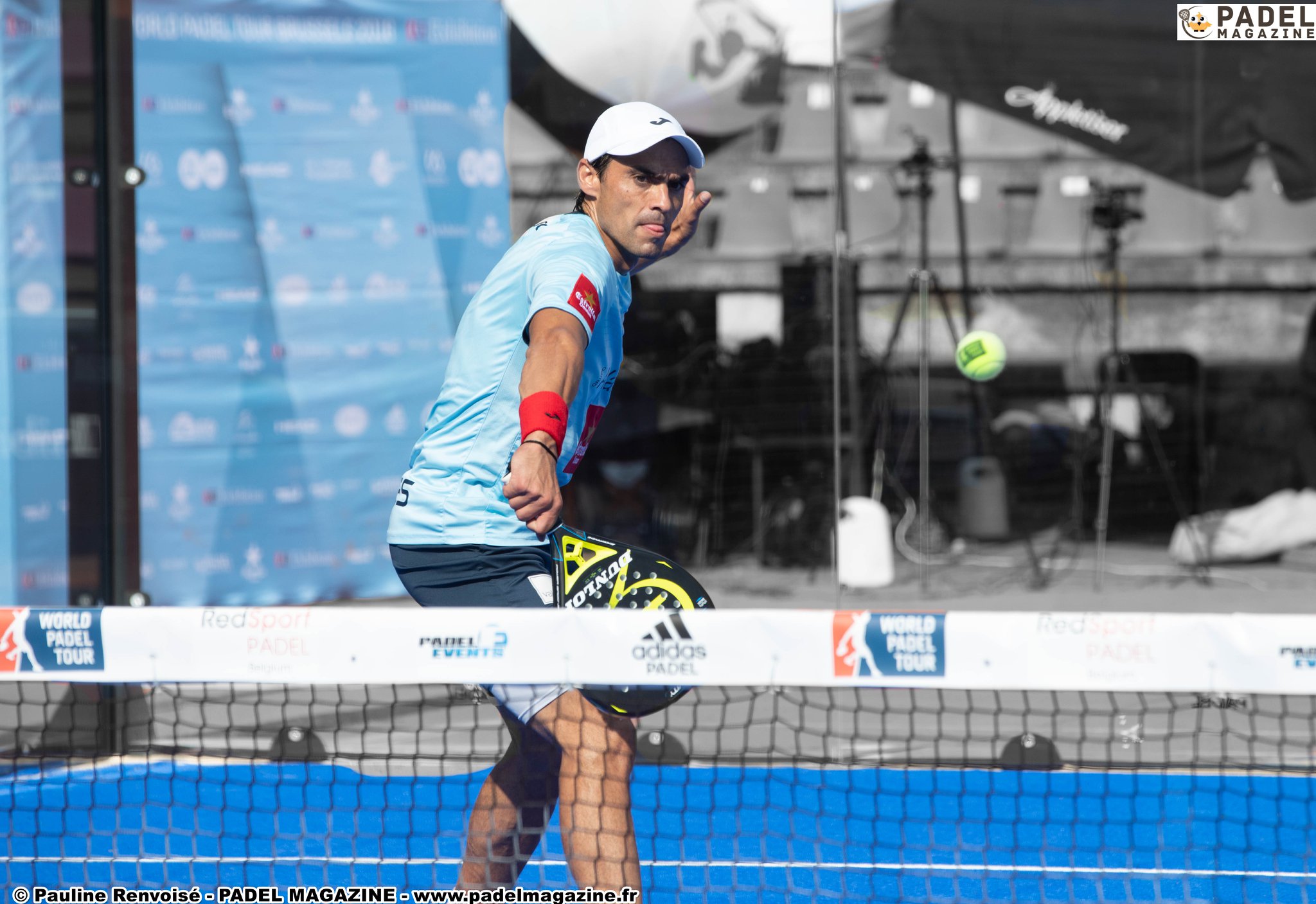











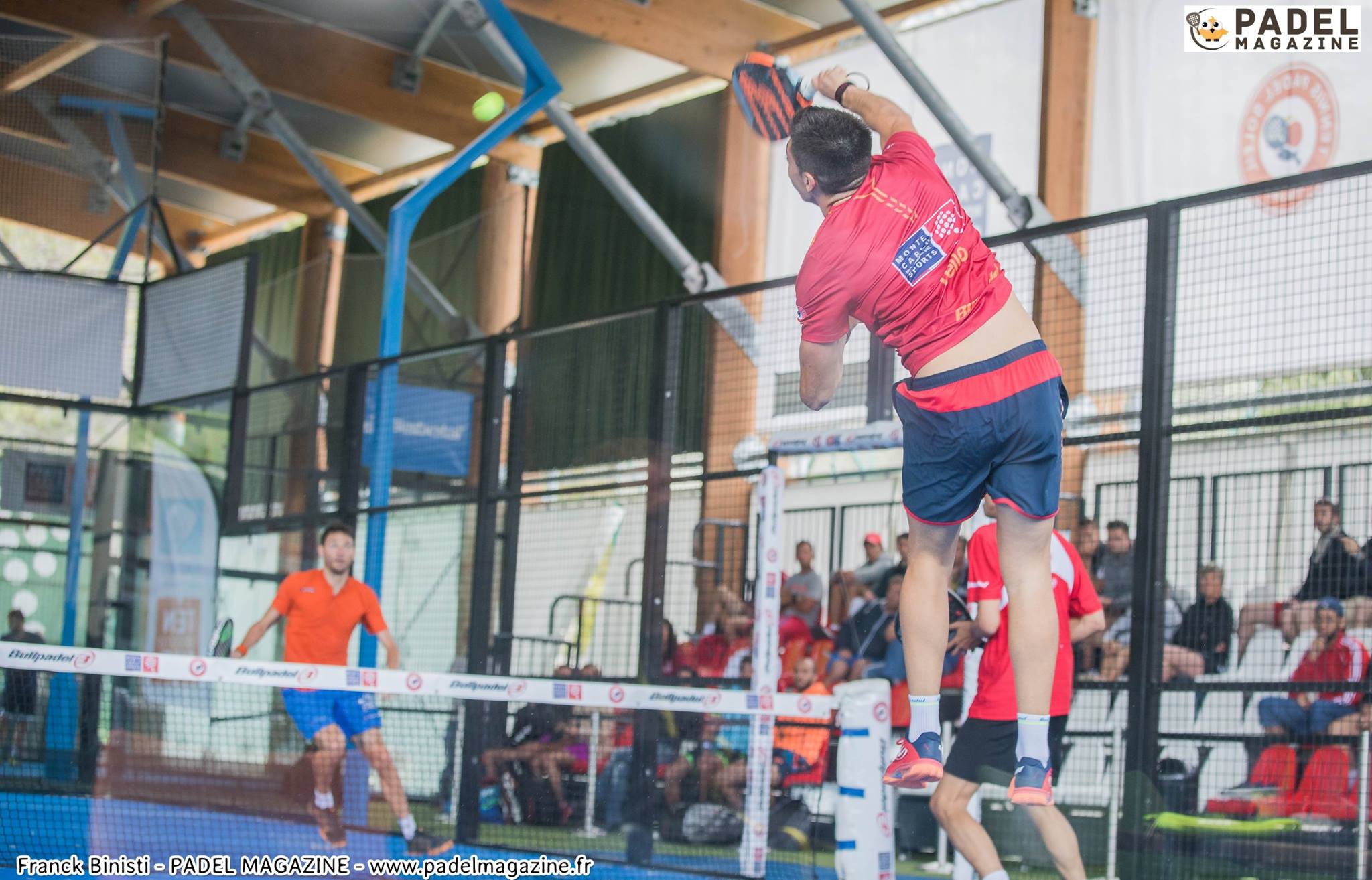




















































































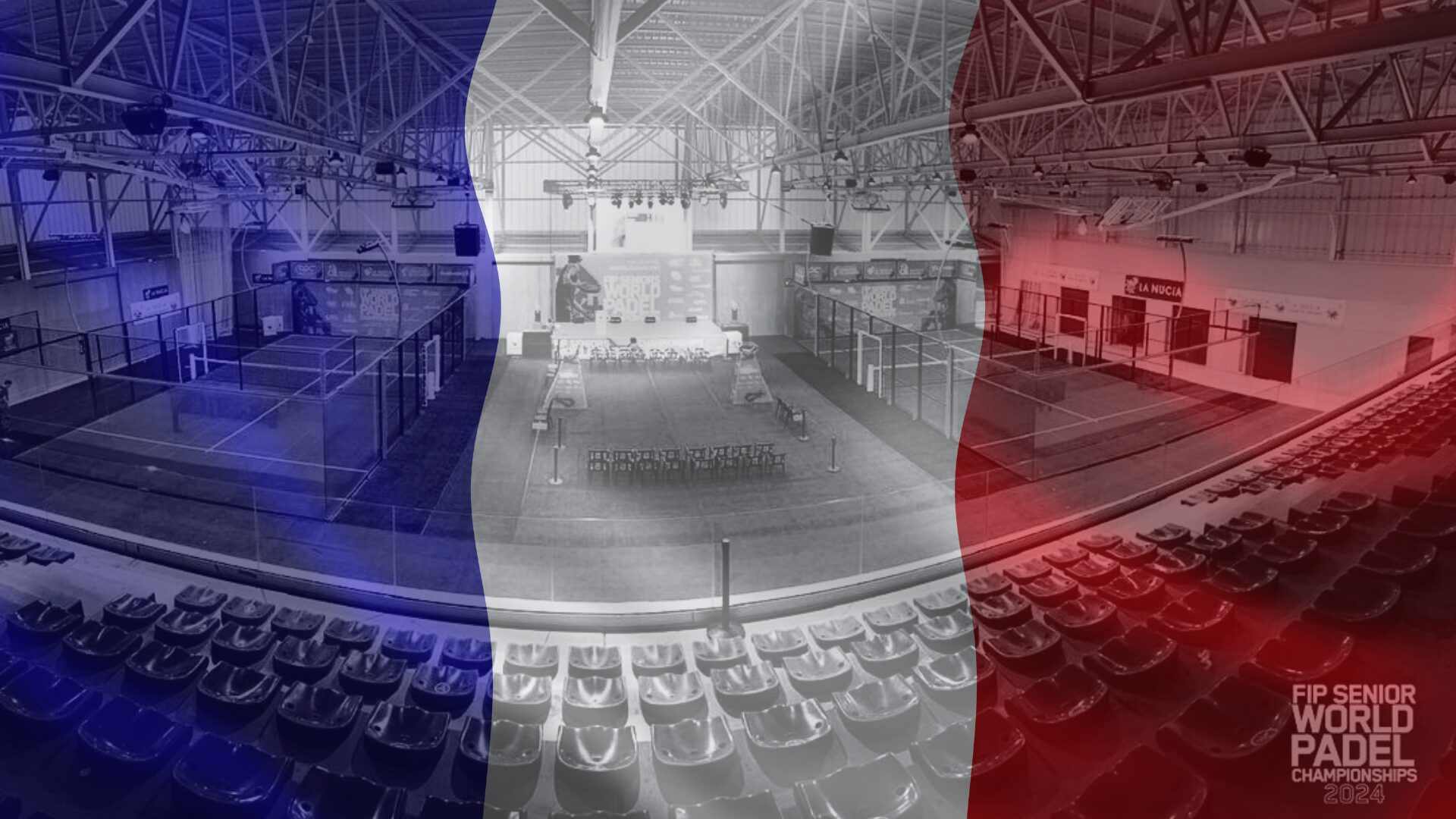 World Seniors Plus 2024 Open (M): four French pairs in the semi-finals, and the psychological advantage gained against the Italians!
World Seniors Plus 2024 Open (M): four French pairs in the semi-finals, and the psychological advantage gained against the Italians! World Seniors Plus 2024 – The French women’s team in the final four!
World Seniors Plus 2024 – The French women’s team in the final four! How to effectively test a racket padel ?
How to effectively test a racket padel ? World Seniors Plus 2024 Open (F): heading to the quarter-finals for five French pairs!
World Seniors Plus 2024 Open (F): heading to the quarter-finals for five French pairs!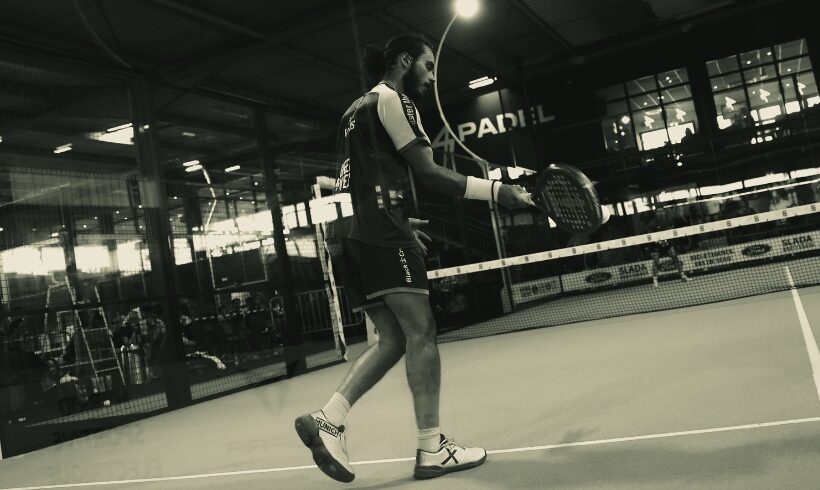 Manuel Vives: “It’s extremely difficult to get by financially”
Manuel Vives: “It’s extremely difficult to get by financially” And 4 for Frederick and Mehdy with network 4Padel !
And 4 for Frederick and Mehdy with network 4Padel !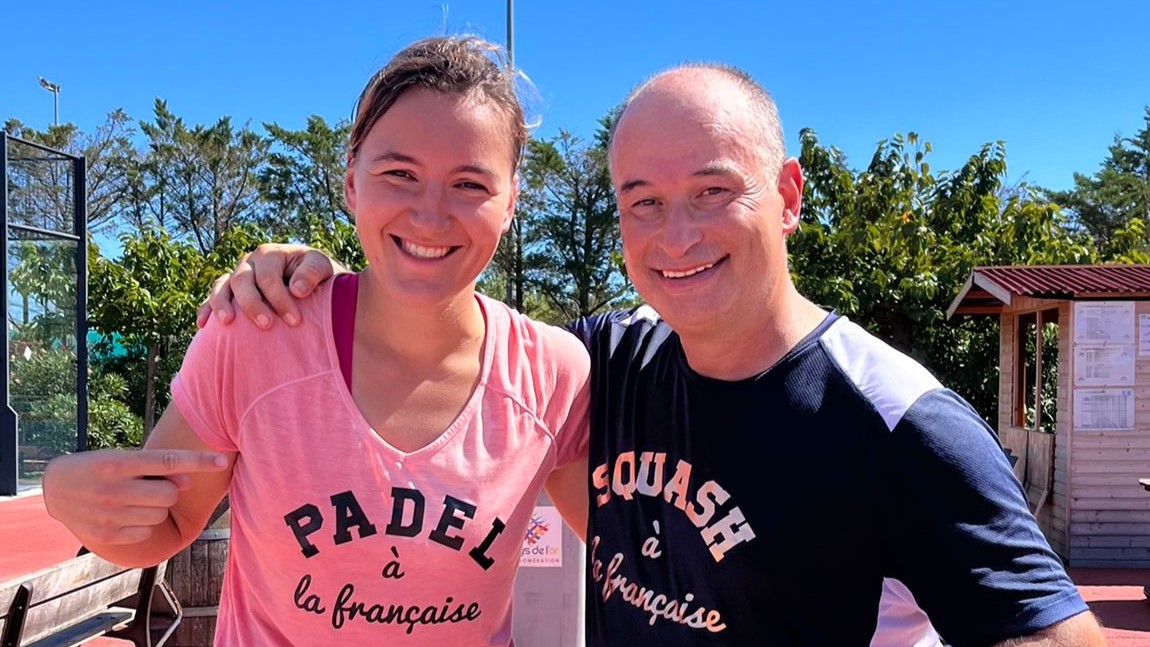 Benoît Letourneau (GM Squash & Padel): “Have a hundred young people in multi-snowshoes within three years”
Benoît Letourneau (GM Squash & Padel): “Have a hundred young people in multi-snowshoes within three years”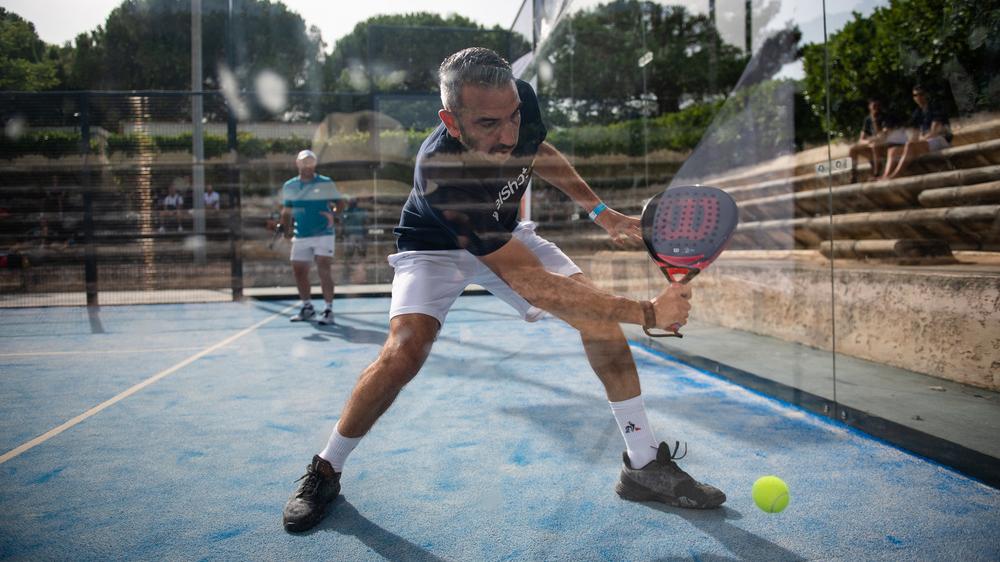 World Senior Plus – Simon Boissé: “Be in the first five places”
World Senior Plus – Simon Boissé: “Be in the first five places”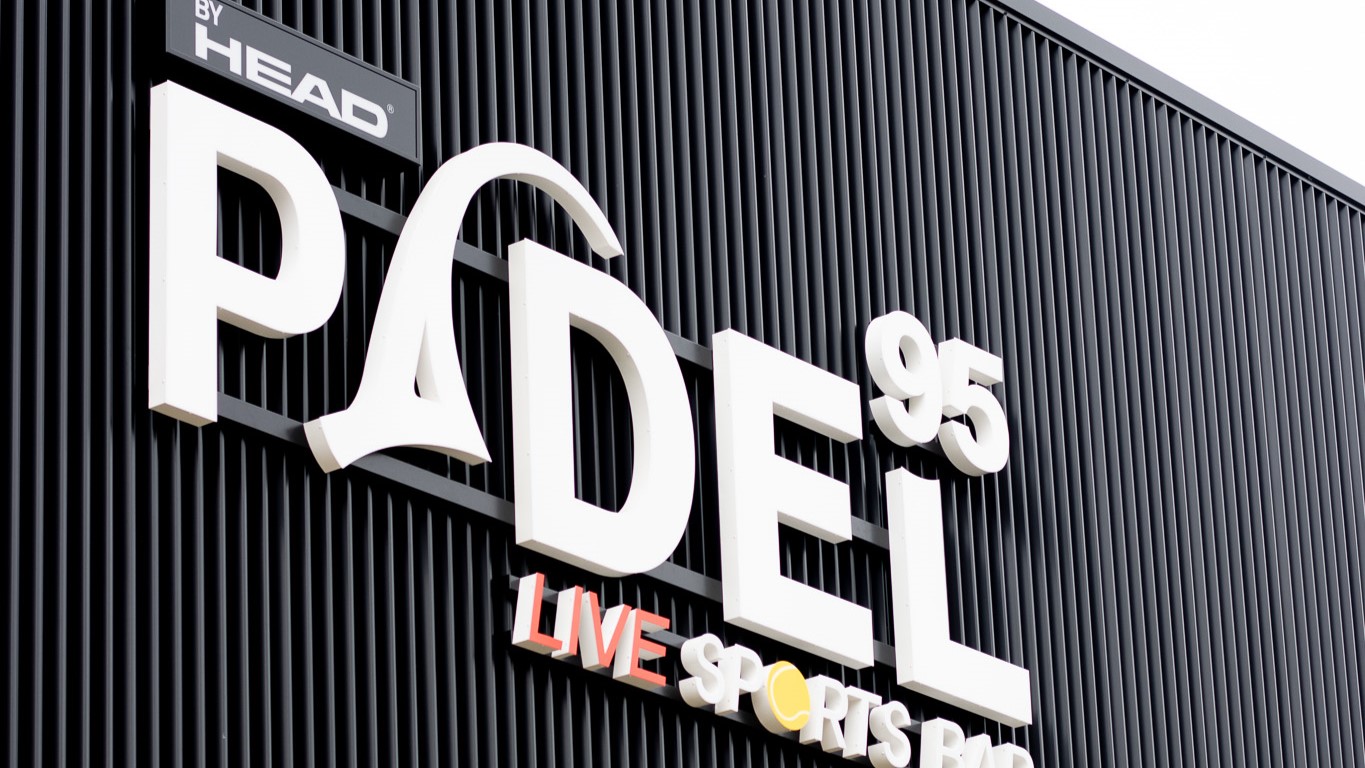 Padel 95: a brand new complex in Pontoise!
Padel 95: a brand new complex in Pontoise!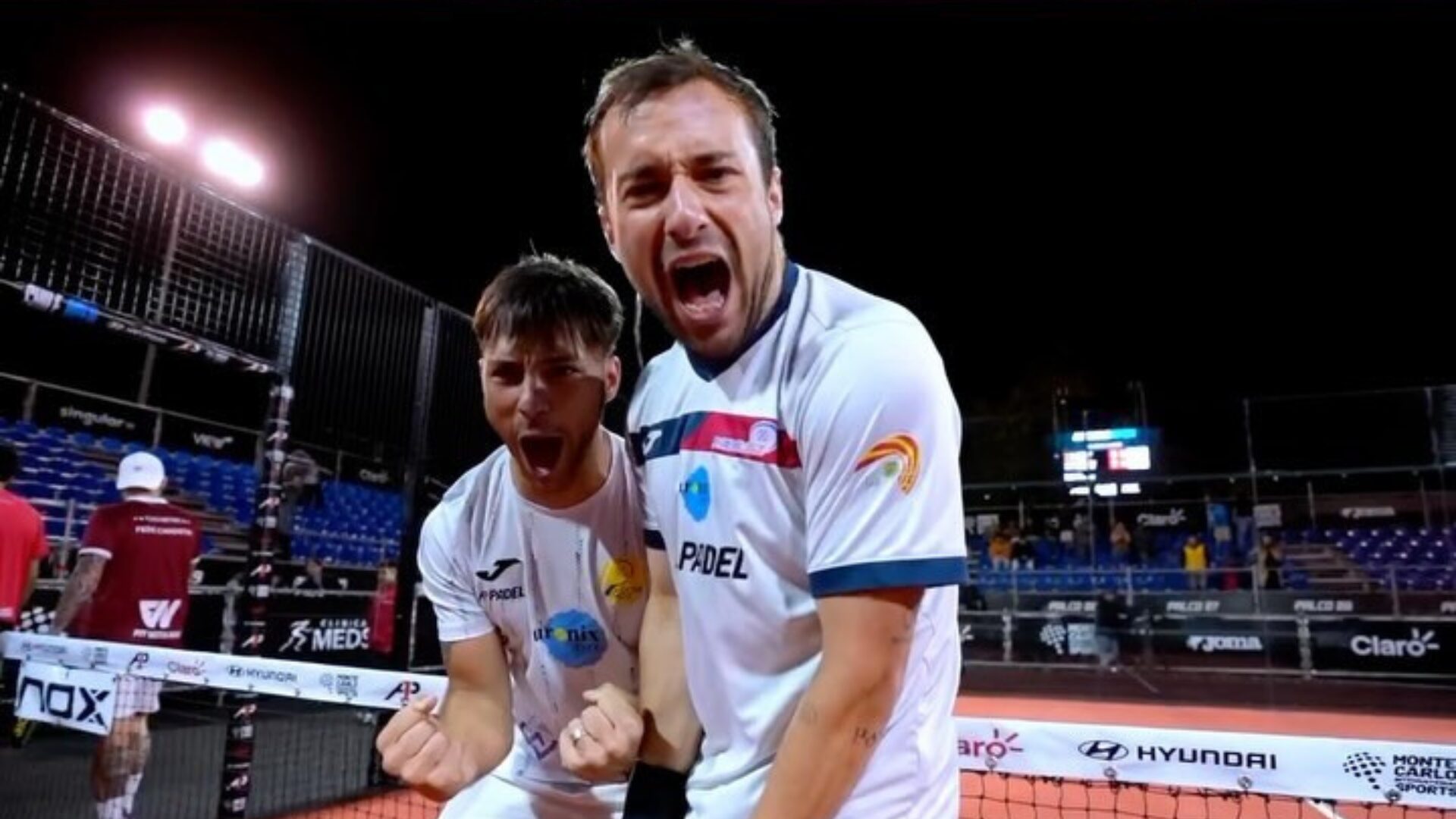 A1 Padel Chile Open – Chiostri and Sanchez eliminated, the eighths start strong!
A1 Padel Chile Open – Chiostri and Sanchez eliminated, the eighths start strong! Play at padel on his yacht? Possible for €233.000!
Play at padel on his yacht? Possible for €233.000! TOP Padel : “A premium club with 10 slopes in Toulouse”
TOP Padel : “A premium club with 10 slopes in Toulouse” The padel of the Barrière Country Club are born in La Baule
The padel of the Barrière Country Club are born in La Baule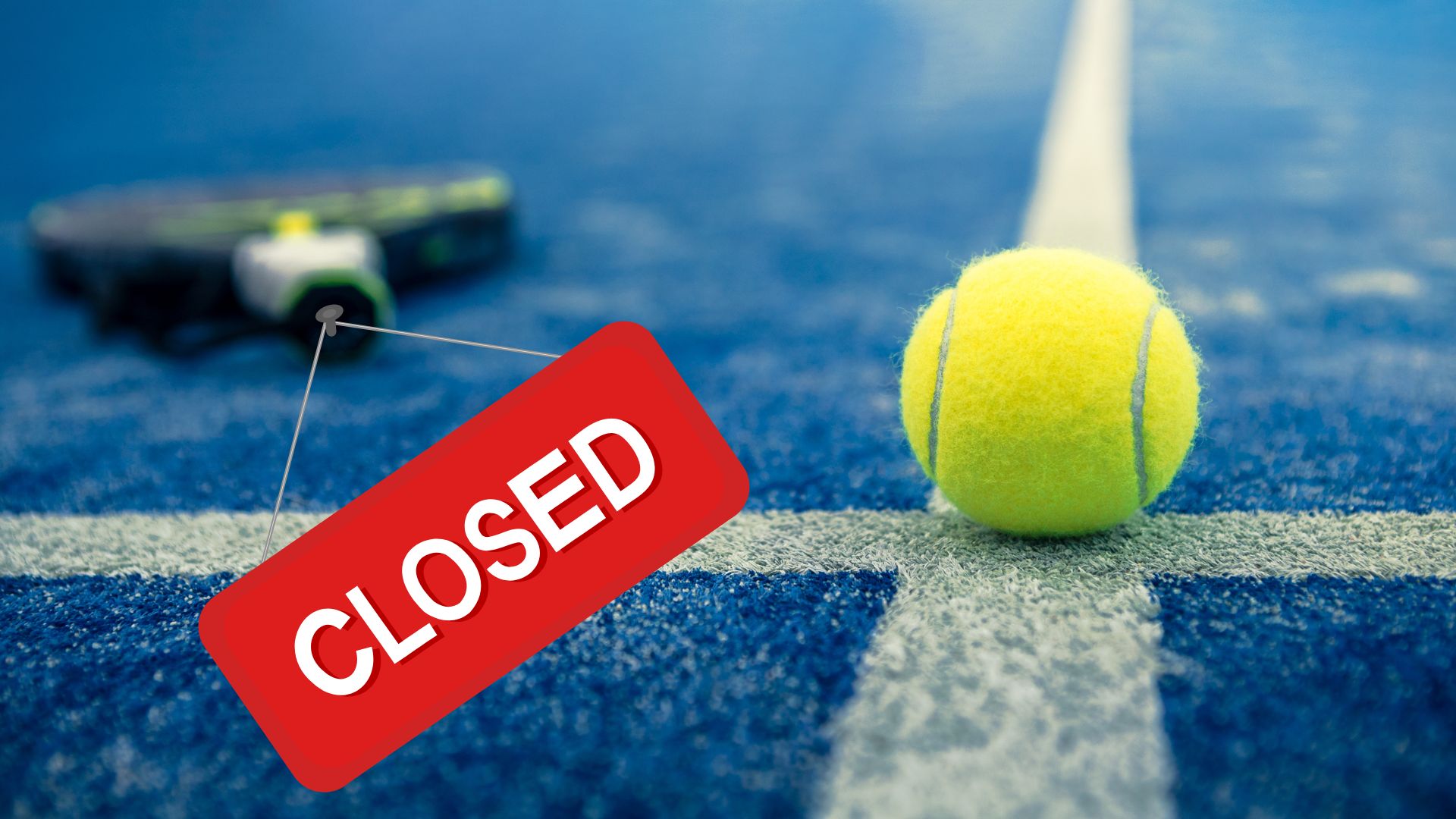 Why clubs padel do they close?
Why clubs padel do they close?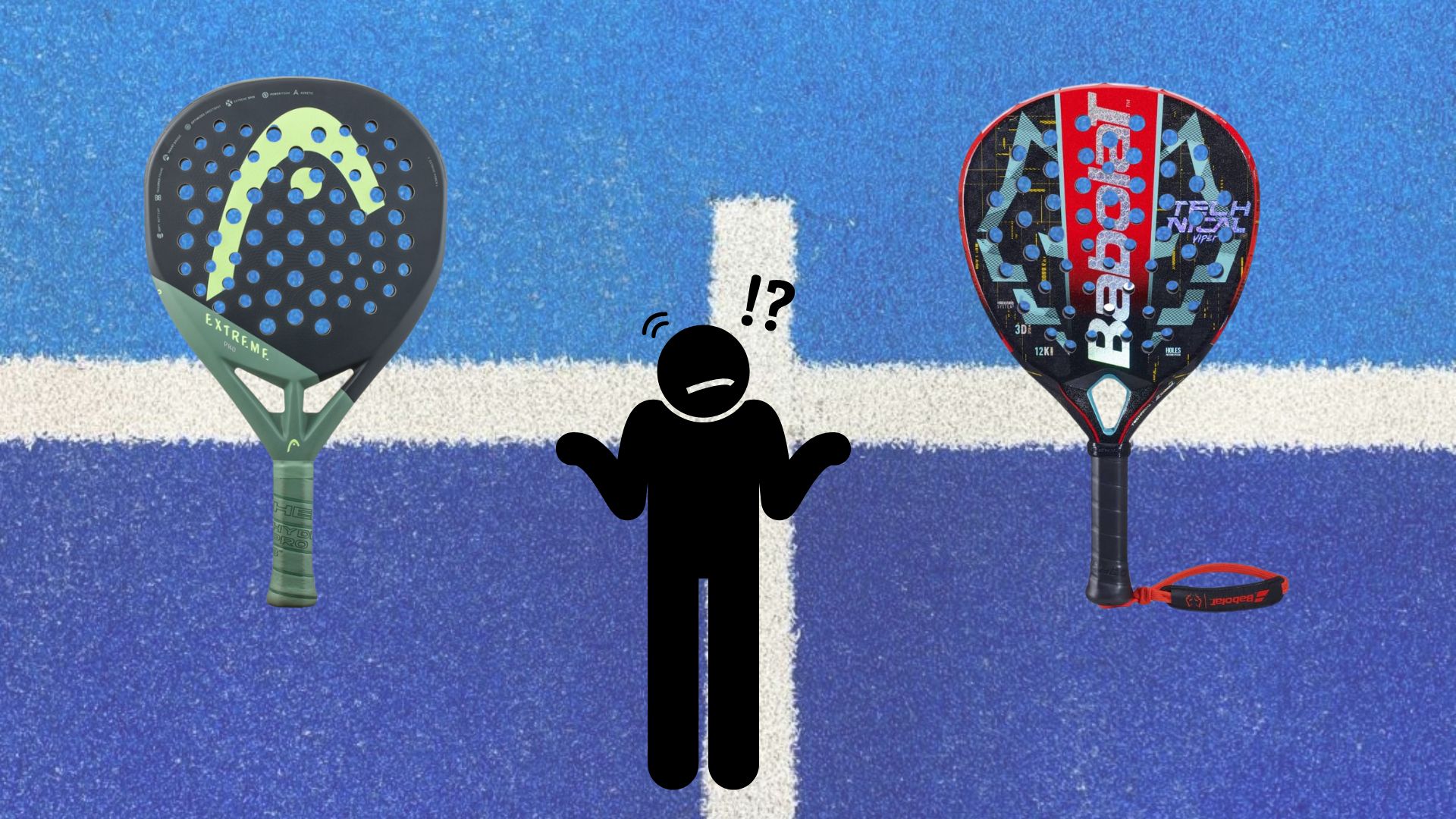 Which high-end racket to choose in 2024?
Which high-end racket to choose in 2024? At the heart of padel – Episode 24: Paul Daulan shares the evolution of his bandeja
At the heart of padel – Episode 24: Paul Daulan shares the evolution of his bandeja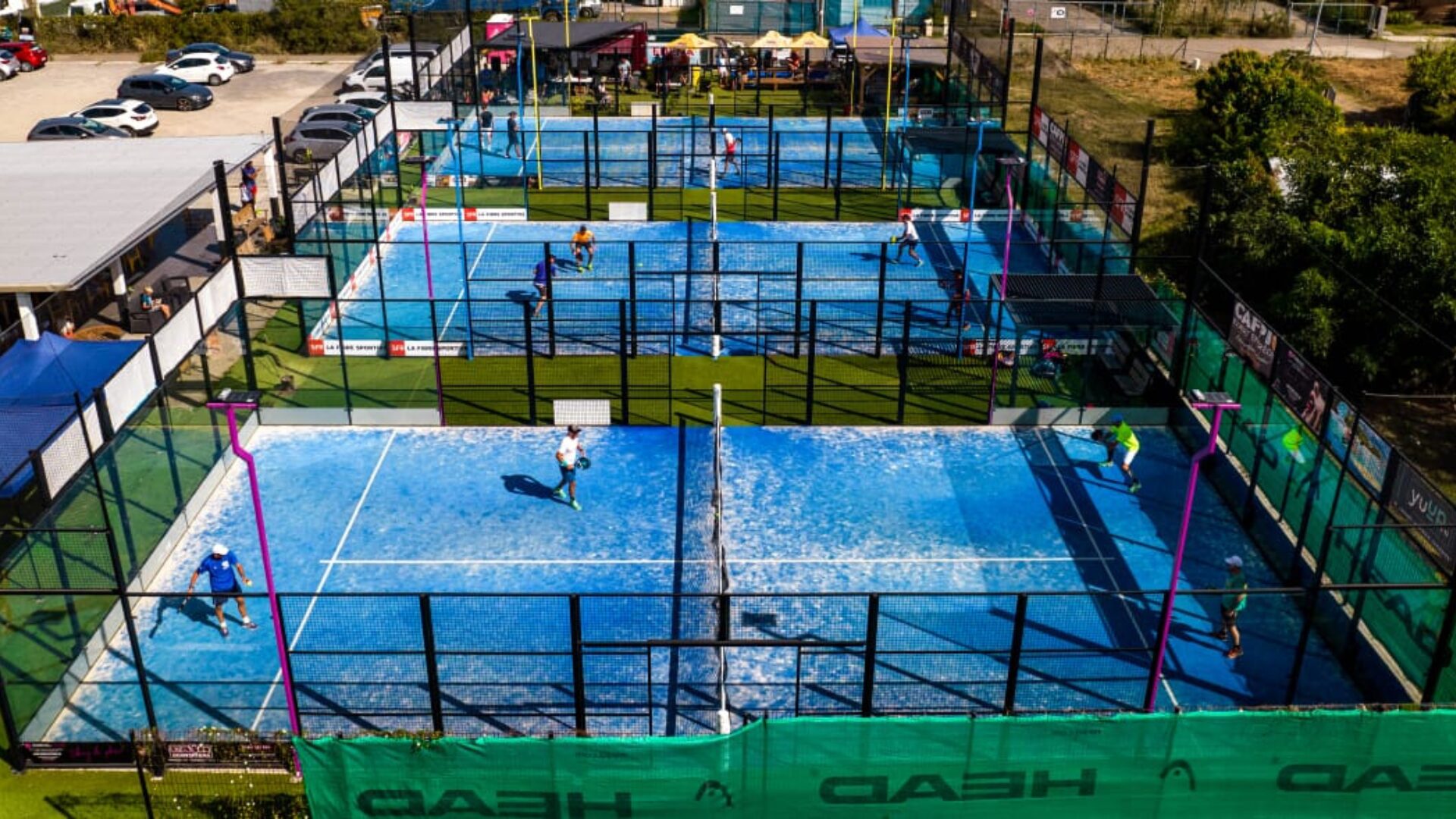 Why choose a track padel new?
Why choose a track padel new? At the heart of padel – Episode 23: defend the window well
At the heart of padel – Episode 23: defend the window well Prohibition on playing topless Padel : the reasons
Prohibition on playing topless Padel : the reasons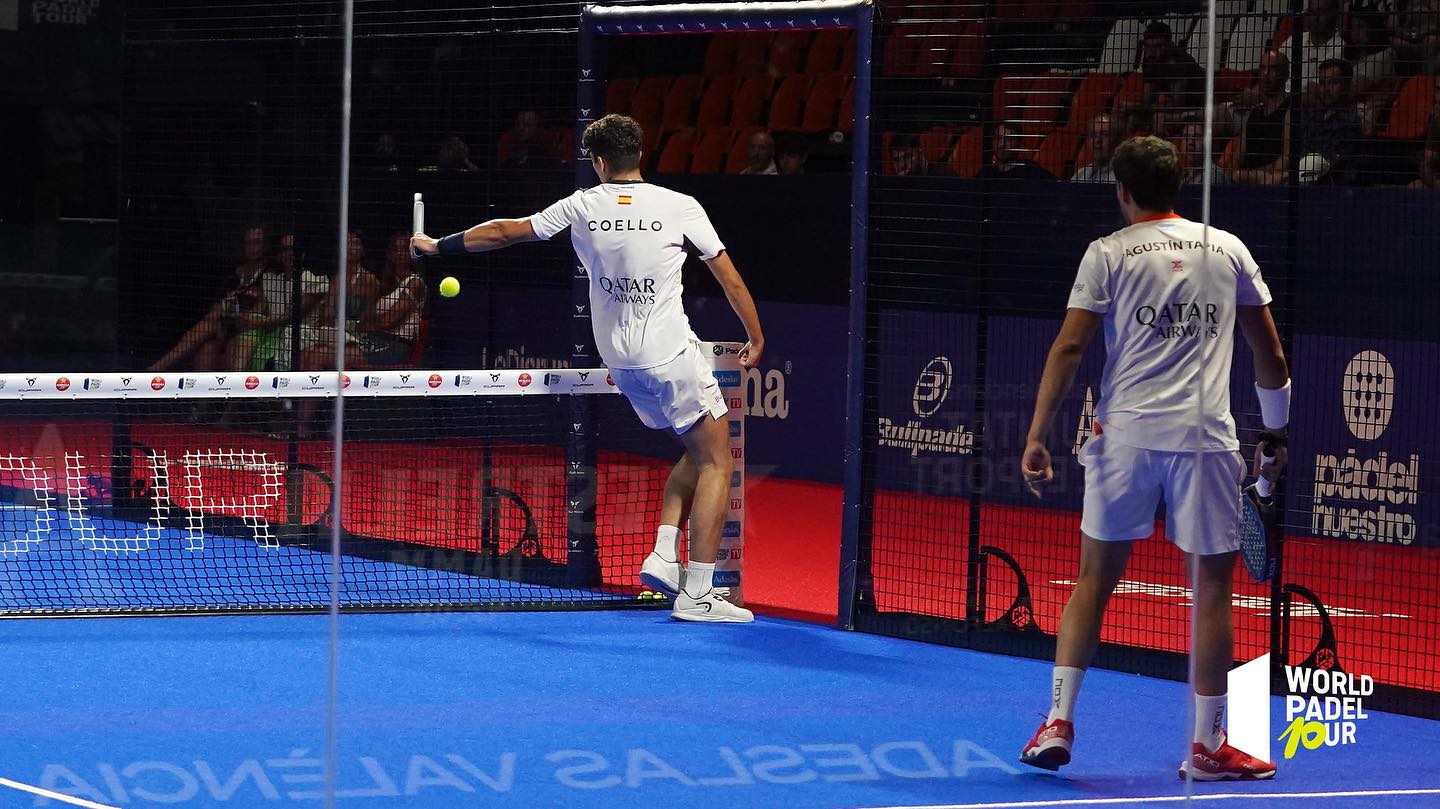 What is the difference between a dormilona, a dejada and a cushioned puerta?
What is the difference between a dormilona, a dejada and a cushioned puerta? FIP Tour – Going far from Europe, THE strategy to earn points!
FIP Tour – Going far from Europe, THE strategy to earn points! What is a good football player? padel ?
What is a good football player? padel ? “Lefties give me headaches when I play against them!”
“Lefties give me headaches when I play against them!” At the heart of padel – Episode 14: how to earn points in winter?
At the heart of padel – Episode 14: how to earn points in winter?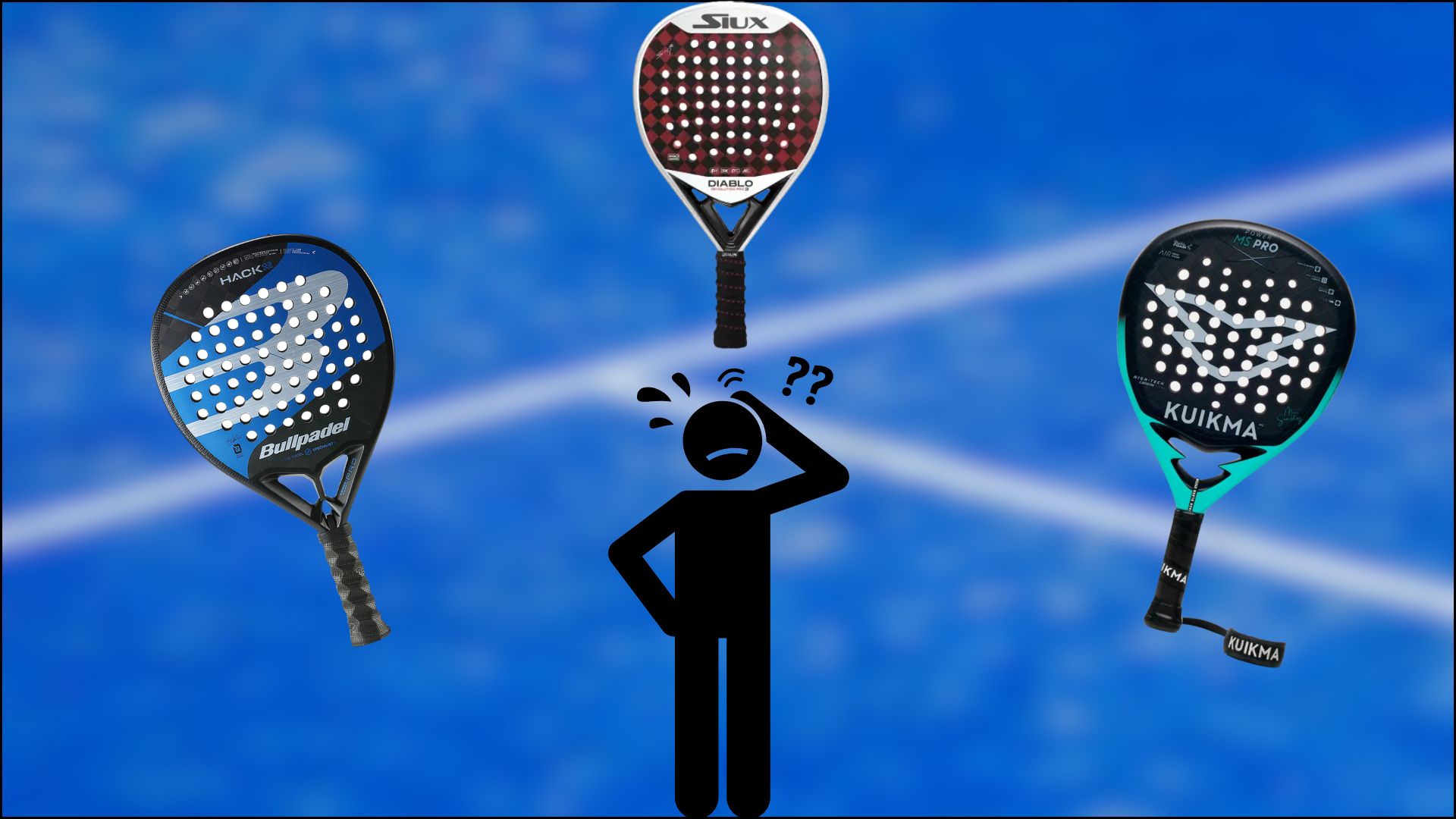 Choose your racquet padel in 3 steps
Choose your racquet padel in 3 steps La padel to fight Parkinson's disease
La padel to fight Parkinson's disease Don't play with a cracked or broken racket, your body will thank you!
Don't play with a cracked or broken racket, your body will thank you! Michel Cymes: “The padel, physically, it’s serious!”
Michel Cymes: “The padel, physically, it’s serious!” Jeremy Gala: “Promote the padel among young people in Belgium remains a challenge”
Jeremy Gala: “Promote the padel among young people in Belgium remains a challenge” The French Touch Academy organizes its selection day Padel-Study
The French Touch Academy organizes its selection day Padel-Study Report on the detection and training of younger generations
Report on the detection and training of younger generations Player's adult courses from April 8 to 21, 2024!
Player's adult courses from April 8 to 21, 2024!